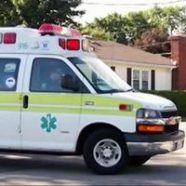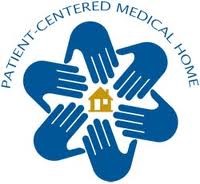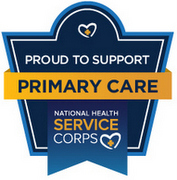
Risk and cost are high
ROCHESTER — Someone needing a Band Aid or a soda out of a fridge: They sound like jokes, but they are just a few examples EMS workers told News10NBC about non-emergency calls they have to respond to every day. Those people who call 911 for non-emergencies, time after time, are often called “frequent fliers.”
“Non-emergency calls, it depends on the day, but it sometimes outweighs the emergency calls,” said Chief Matt Comer, Greece Volunteer Ambulance.
And those calls can mean that when there is a true emergency, ambulances could have to come from further away. That is because while when you call 911 for an ambulance, one will always come, but it might not be coming from the nearest station. That means that if the ambulances are out on non-emergency calls, people may be waiting longer even when they need help right away.
Click here for a guide about when to use emergency services
If a “frequent flier” has government insurance you are pay for their rides to the hospital and their medical care, even if it is not an emergency.
In Monroe County $9.8 million last year went toward Medicaid for ambulance rides – with a portion paying for those non-emergency calls. But the price tag doesn’t stop there, it continues to add up when “Frequent Fliers” get to the emergency department.
In 2013, New York State had 6.4 million emergency room visits. Out of those, two million were for, what doctors call, common clinical things (i.e. strains, sinus infection, bruises, sore throat, ear ache). Out of that 2 million 90% could have been treated outside of the Emergency Department.
“The price associated with that was 1.3 billion dollars, so at a time when were are all concerned about high-quality affordable health care this is an important issues,” said Dr. Jamie Kerr, Medical Director at Excellus BlueCross BlueShield.
Fixing the problem of “Frequent Fliers” is not easy. EMS works say they try to track the calls, and if they see a problem meet with the patient and their family to try and workout access to care they truly need without calling 911.
by Amanda Ciavarri, WHEC News, February 22, 2017




